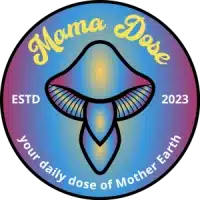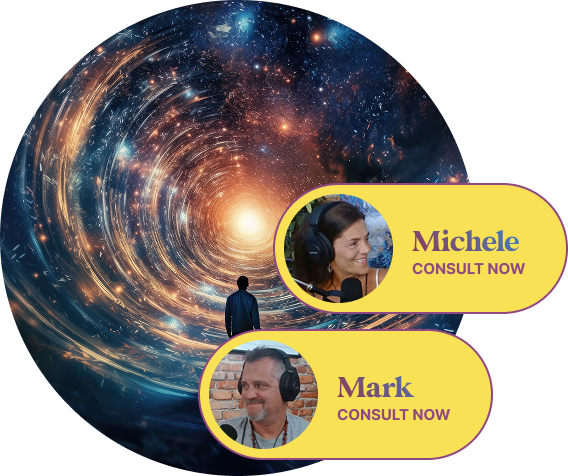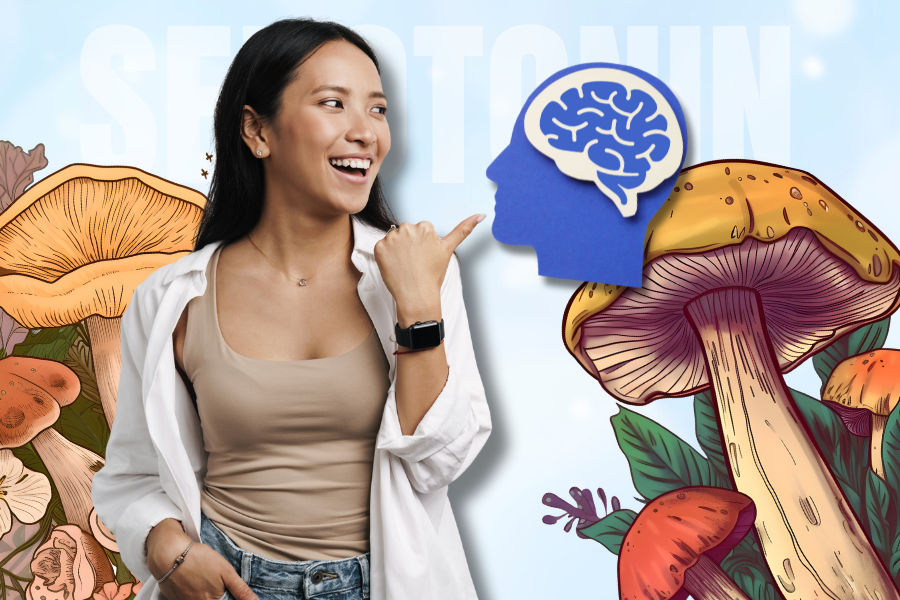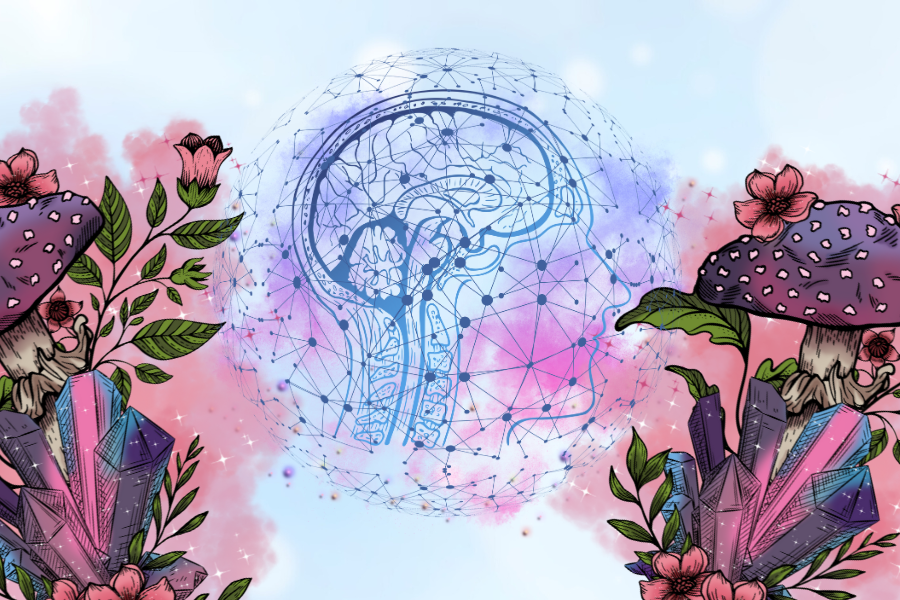

Table of Contents
Toggle
Psilocybin interacts with the human brain primarily through the serotonergic system. It is a naturally occurring compound found in certain mushroom species and is classified as a serotonergic psychedelic because it activates specific serotonin receptors, especially the 5-HT2A receptor. This interaction influences perception, emotion, cognition, and sensory processing.
Its effects are not limited to visual distortions or typical “hallucinations.” Psilocybin engages neural circuits involved in emotional regulation, memory processing, and meaning-making. Much of this activity is tied to serotonin, a neurotransmitter involved in mood stability, social behavior, and sensory integration.
Psilocybin does not simply raise serotonin levels. Instead, it alters network dynamics in the brain, temporarily shifting how regions communicate. This can reduce activity in rigid patterns, such as those linked with depression or rumination, and promote more flexible, interconnected signaling. The result is a temporary reorganization of neural activity that can change how a person interprets thoughts, emotions, and experiences.
Serotonin, also known as 5-hydroxytryptamine (5-HT), is one of the brain’s oldest chemical messengers. Consider it a mood architect, influencing everything from food and sleep to social interaction and balance of emotions. Most people associate serotonin with antidepressants such as SSRIs, which block its reabsorption in the brain, theoretically leaving more of it floating around to boost one’s mood.
Serotonin is significantly more complex than a “happy chemical.” It’s a shape-shifter, a conductor of emotional symphonies that go far beyond happiness, including worry, terror, empathy, and spiritual awe. It travels via a network of receptor sites, each playing a unique tune. Among them, one receptor in particular has become the holy grail of psychedelic research: 5-HT2A.
That’s where psilocin, the active component of psilocybin, kicks in. When psilocybin enters the body, enzymes convert it to psilocin, which is so similar to serotonin that the brain confuses it for the actual thing. However, psilocin does not just “fit in” silently. It floods the 5-HT2A receptors in ways that serotonin rarely does, intensifying their signals and causing a cascade of neuronal fireworks across the brain. It’s a type of controlled chaos that appears to heal.
If you’ve ever seen a psilocybin-induced brain scan, you’re familiar with the image: brilliant webs of connections that light up like a metropolis at night. Under normal circumstances, the brain functions as a network of routines. Regions such as the default mode network (DMN), which is in charge of our sense of self and internal dialogue, continue to filter experience through layers of identity and story.
Psilocybin disrupts that hierarchy.
The DMN calms down, loosening its grip on the ego. Suddenly, brain regions that do not normally communicate begin exchanging information in unexpected ways. Visual areas communicate with emotional centers. Memory areas communicate with those that process sensory information. It’s as if the orchestra quit following the sheet music and began improvising.
Some refer to this as ego disintegration, or the temporary loss of the boundaries that divide “me” from “everything else.” Others simply state that it feels like freedom. In any case, there is usually a significant emotional release. Long-buried feelings come to the surface. Memories reorganize themselves in new contexts. People cry, laugh, or discover forgiveness in places they didn’t realize they needed it.
This is caused not by serotonin alone, but by serotonin’s complete network, which has been freed of its regular limitations.
One of the most remarkable aspects of psilocybin is that its emotional effects last well beyond when the trip begins. In studies conducted by Johns Hopkins, Imperial College London, and other psychedelic research centers, participants reported lasting improvements in mood, life satisfaction, and feeling of purpose weeks or months following a single guided session.
How can a few hours under the influence of a mushroom reshape emotional patterns built over decades?
The answer appears to be in neuroplasticity, the brain’s ability to reorganize itself. Following a psilocybin trip, investigators discovered a brief “opening” of this plasticity window. Synapses, which are the places of communication between neurons, become more flexible. New neuronal pathways may emerge. Old habits, particularly those associated with rumination and depressive thinking, appear to be loosening their grip.
Imagine clearing snow from a walkway that has been frozen solid for years. For a short period, the mind becomes more adaptive and eager to attempt different approaches to emotional well-being.
It’s no wonder that many people describe their psilocybin experience as a psychological reset. One researcher likened it to shaking a snow globe: the thoughts settle differently, often in a more harmonic fashion.

Traditional antidepressants also act on the serotonin system, but they do so gradually. SSRIs increase serotonin availability by blocking its reuptake, a process that typically requires several weeks of continuous daily use before noticeable effects emerge. Psilocybin, by contrast, produces rapid and pronounced changes in brain activity through direct activation of serotonin receptors—most notably 5-HT2A, which can lead to fast-acting emotional and cognitive shifts.
Recent clinical research has compared psilocybin-assisted therapy with SSRIs for individuals with treatment-resistant depression. In several studies, one or two supervised psilocybin sessions produced improvements in mood that were comparable to, or in some cases greater than, those achieved with standard antidepressants. Participants often reported not only symptom relief but also increased psychological insight and a clearer understanding of factors contributing to their distress.
This does not mean psilocybin is a universal solution. The experience can be challenging without proper preparation, therapeutic support, and a controlled environment. However, the evidence suggests that meaningful therapeutic change may occur not by suppressing emotional responses but by allowing individuals to engage with them more directly.
In this context, serotonin’s role appears less about enforcing stability and more about facilitating adaptive flexibility in how the brain processes emotion and thought.
Psilocybin does not just “make you happy.” It enhances the full emotional range. You may find yourself laughing uncontrollably and then crying over the pure beauty of it all. These travels frequently feature both fear and awe. That is part of the therapeutic process. The serotonin system affects both pleasant and negative emotions.
When psilocin attaches to those receptors, it appears to momentarily open the brain to emotional experience, making it less protected and avoidant. In trauma therapy, this openness allows people to revisit difficult experiences without being dominated by them. It can help persons with depression break out from the rigid habits of self-criticism and hopelessness that keep them stuck.
It’s not that psilocybin reduces suffering. It reframes it. It reminds the brain and the ego that pain and joy are both part of the human experience.
There is still plenty that scientists are unable to understand. Why does serotonin’s mimic, psilocin, cause mystical visions in one person but intense catharsis in another? Why do some people feel a lifelong connection with nature or the supernatural thereafter, while others only feel emotionally cleansed?
Part of the explanation may be found outside of biochemistry. Indigenous cultures that have used psilocybin-containing mushrooms for centuries view them as teachers, living communicators that reveal secret levels of reality. Modern neuroscience may dismiss that language, but even in the lab, researchers admit that psilocybin’s whole influence cannot be reduced to receptor binding alone. It has an ineffable aspect, reminding us that consciousness is more than just neurons firing.
Most studies fail to measure what happens after the psychedelic experience. The integration phase, the days and weeks when new insights begin to emerge, may be where psilocybin’s actual potential lies.
People frequently express subtle but consistent changes: increased patience with themselves, a softening of anger, and a renewed feeling of interest. After being shaken up so violently, the serotonin system appears to have found a new balance. But integration is not something that happens automatically. It requires foundation, reflection, and, in certain cases, professional guidance. A psychedelic trip needs both vision and structure to generate fruit, just as a forest requires both sunlight and soil.
So, when we discuss serotonin and mood control, we are not only talking about chemistry. We’re talking about the architecture of human experience, how molecules can reflect emotions, and how biology and meaning interact.
Psilocybin is not just another bioactive compound; it represents a direct interaction between a naturally occurring molecule and the human nervous system. Once ingested, it is converted to psilocin, which binds to serotonin receptors modulating perception, emotional processing, and cognitive flexibility.
Contemporary research has clarified many of the neural mechanisms involved. Psilocybin increases connectivity across brain networks that typically operate separately, while temporarily reducing activity in structures associated with rigid, self-referential thinking. This shift can alter how individuals process mood, empathy, and self-awareness.
Although the subjective experience can feel expansive or profound, the underlying biology is rooted in changes to receptor activity, network dynamics, and patterns of communication between brain regions. These changes often persist after the acute effects fade, contributing to reports of improved mood, reduced anxiety, and enhanced psychological clarity in the days or weeks following a session.
What remains consistent across studies is this: psilocybin appears to help reveal cognitive and emotional capacities that were already present, but less accessible. Its effects highlight the brain’s ability to reorganize, adapt, and recover when key pathways are temporarily opened and recalibrated.
Invite your friends and earn a discount on your next purchase. Your friend also earns a discount! Get started now, by sharing your referral link with your friends.
This item is currently out of stock!
By adding it to your cart, you confirm a backorder purchase, and we will ship it as soon as it becomes available.